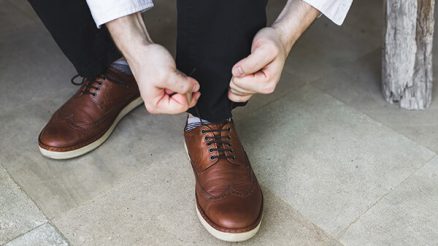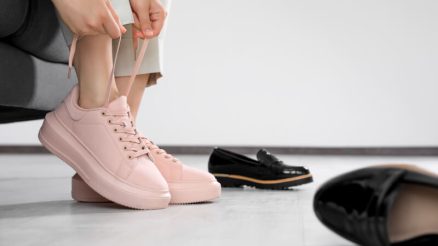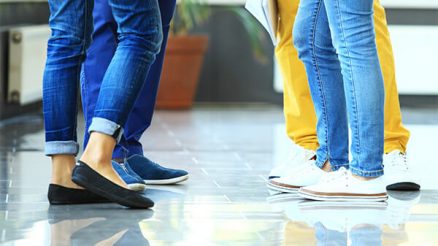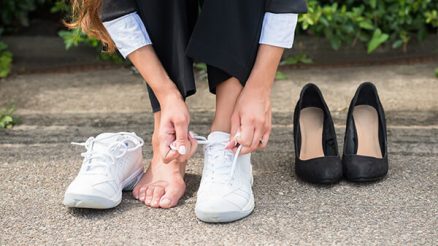Having a pes cavus or high-arched feet can be quite an inconvenient and more often can also be painful when standing or walking and most especially when running. Understanding what a high-arched foot is, its causes, symptoms, and possible treatments will help deal with this foot condition.
This article will help in providing everything you need to know about having a high-arched foot and choosing the best shoes for high arches to help in lessening and even preventing the progress of pain and deformation caused by this condition.
10 Best Shoes for High Arches in 2020
Best Women’s Shoes for High Arches
| Name / Picture | Features | Rating | |
|---|---|---|---|
#1. ASICS GEL-Venture 5 | Check on Amazon | 9.8 | |
#2. Saucony ProGrid Integrity ST2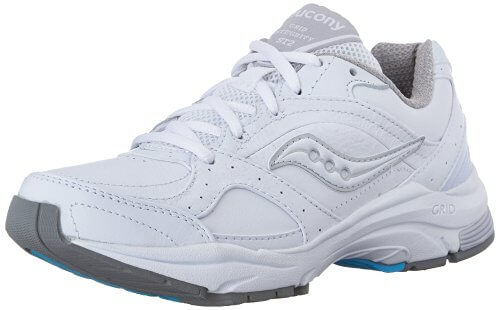 | Check on Amazon | 9.6 | |
#3. Dansko Professional Mule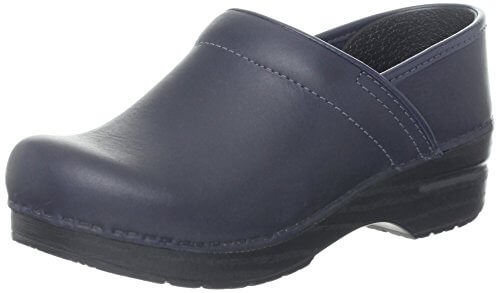 | Check on Amazon | 9.5 | |
#4. Vionic Walker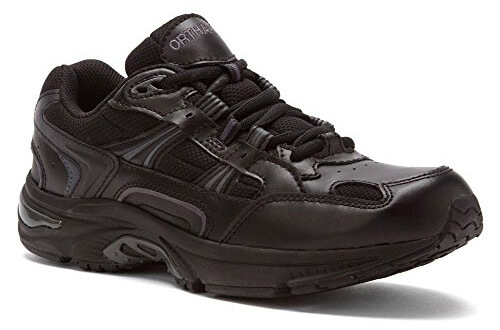 | Check on Amazon | 9.5 | |
#5. Skechers Performance Go Walk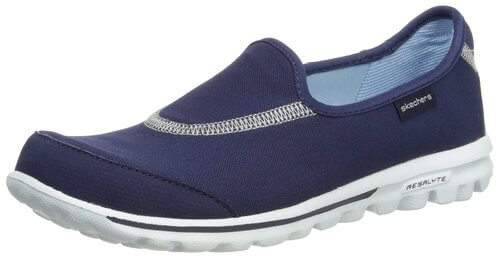 | Check on Amazon | 9.4 |
Best Men’s Shoes for High Arches
| Name / Picture | Features | Rating | |
|---|---|---|---|
#1. New Balance MW577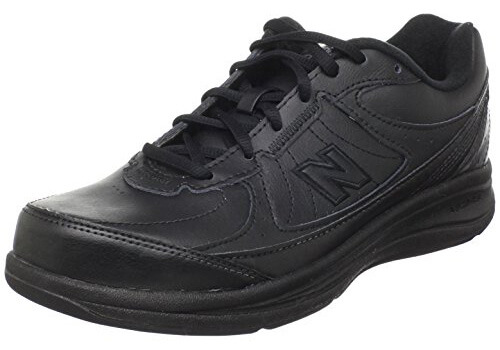 | Check on Amazon | 9.8 | |
#2. ASICS GEL Venture 5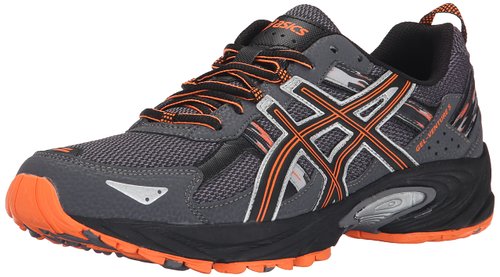 | Check on Amazon | 9.7 | |
#3. Propet Life Walker Strap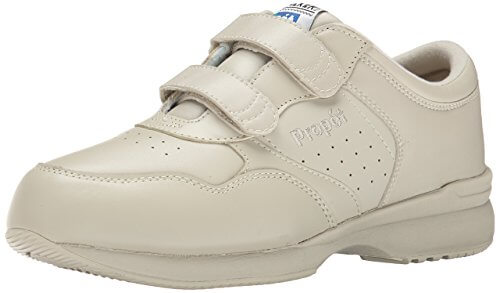 | Check on Amazon | 9.5 | |
#4. New Balance MW928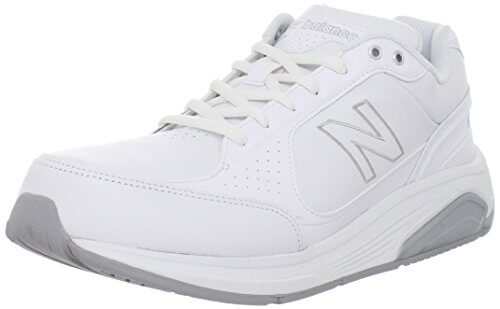 | Check on Amazon | 9.4 | |
#5. Skechers Performance Go Walk 3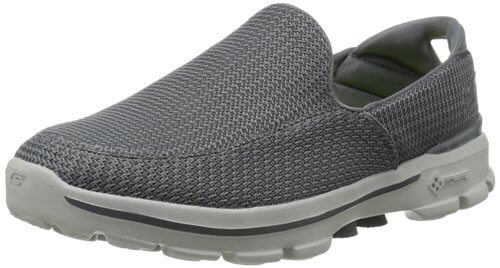 | Check on Amazon | 9.4 |
How to Choose High Arch Support Shoes?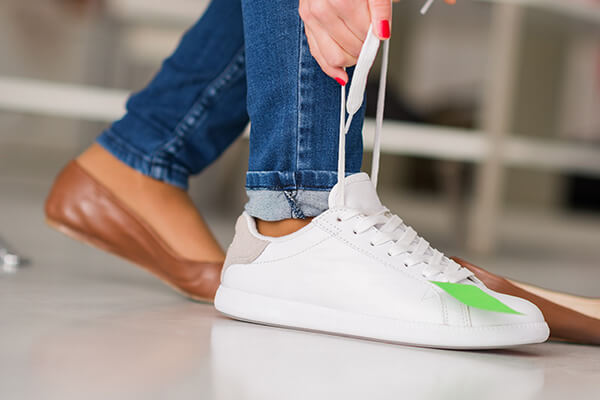
Choosing the right shoes for high arches can help in filling in the arch cavity to act as support and evenly disperse the shock. This can provide the necessary cushioning and provide proper alignment of the foot to prevent possible injuries and maintain an active lifestyle.
Arch Support
One of the factors to consider when choosing the best work shoes for high arches is the ability to provide a good arch support. The arch supports for high arches help by providing enough support on the arch cavity and evenly distribute stress and pressure especially when walking or running. This can help in managing the pain and inconvenience of having a high-arched foot.
Cushioning
Best shoes for high instep should not be too stiff to effectively support the heavy inward pronation. So, they are designed with more and thicker cushioning that is also another thing to look for in shoes with high arches.
Having a cushion along the outside of the shoes is also a factor that makes the most comfortable shoes for high arches. They can help counter any outward roll of the foot that can be a result of underpronation.
Shoe Shape
Another characteristic to look for to effectively choose good shoes for high arches is the shoe shape. The type of shoe that is designed with a curved last can be much better for a high arch. This type of design just allows the foot to pronate slightly to give you a more neutral running experience.
Another shoe shape to consider is the one that is made with a slip last. This type, on the other hand, makes a shoe more flexible and also has additional cushioning. This is created when the upper part of the shoe is sewed into a sock and is fastened in the sole without putting any barriers.
Breathability
The breathability is also another thing to look for when choosing the best high arch shoes. This can be in the form of the lightweight materials used in making the shoes or the design that can provide a good airflow where you can almost see right through the material. Shoes that offer excellent breathability can be made up of layers that contain mesh and other breathable materials.
This characteristic helps provide an enough airflow and ventilation that can maintain a comfortable walk or run.
Comfortable
If you are going to wear shoes for running especially with a high-arched foot, you need it to be comfortable enough. This will depend on the midsoles and cushion on the shoes. It should be soft to provide comfort in your feet but not so soft that it can no longer support enough.
Stability
Another important characteristic on what makes the best shoes for people with high arches is the stability it can provide your feet. This is essential for individuals who have mild to moderate foot condition like overpronators. The stability in shoes can be given by a combination of a good support and a midsole cushioning.
Flexibility
For individuals with high arch and need support shoes with higher arches need them to be lightweight and flexible. The flexibility of the shoes helps to balance the rigidity of the feet and allows for an even distribution of impact for every step.
You can determine the flexibility of shoes when looking if the upper of the shoes is soft enough. The sole of the shoes should also be flexible enough to distribute and soften the stress when walking or running. Testing the flexibility of the shoes can be done by bending it into different directions and see how much flexibility the shoe can offer.
Benefits of High Arch Shoes
Having high arch support shoes can be very beneficial to people who suffer from foot problems. This can be a general management in dealing with the most common foot conditions. They can help in temporarily building up the arches and help in lessening the pain to make walking much more comfortable.
Discomfort and pain in having a high-arched foot can be lessened or even prevented with the use of shoes with arch support. This will also help in preventing any more damage and misalignment. The type of shoes with good arch support can create a good foundation for your foot allowing you to adjust the fitness and comfort to help in alleviating foot pain.
This type of shoes can provide balance and support that can also help in improving the posture for individuals who use them. Using shoes with high arch support can be enough to help improve the pain for foot ailments without having to suffer too much.
Identify Your Foot Arch Type
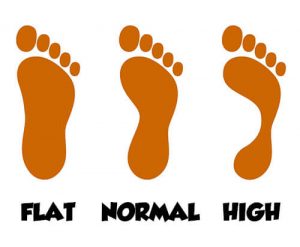
The arch type can affect how a foot functions as well as your knees and your back. You are going to need a proper support for your feet, and for this, you need to identify your own arch type. This will help you make sure the right footwear or orthotics to use to avoid possible foot injuries and prevent pain. Foot type can be determined through imprints or iStep scans.
The low arch type of feet or also referred to as a flat foot comprises about 20 percent of the population. This type of arch is more flexible and tends to overpronate and roll inwards. Imprints and iStep scans for the low arched foot can show almost the entire part of the foot. They are often biomechanically imbalanced and also make the feet more vulnerable to various foot problems like arch pain, heel pain, and plantar fasciitis.
About 60 percent of the population have the medium arch type of foot. They are more often biomechanically efficient but can somehow be still at risk for common foot problems such as discomfort on the ball of the foot and heel pain. Imprints and iStep scans for this type of foot will show a well-defined forefoot and rear foot and about half of the arch area. This type of foot can surely benefit from shock absorption, support, and extra cushioning.
The other 20 percent of the population most likely have the high arch type of foot. This type of arch is usually categorized as supinated and can be more rigid compared to other feet. Imprints and iStep scans of a high-arched foot will only show heel and the ball of the foot and with the very little arch area. With a high arch, there is lesser surface area that can absorb the impact, and the pressure is excessively placed on the rearfoot and forefoot areas only,which makes it more susceptible to various foot conditions.
Conclusion
The pain and inconvenience of having a high-arched foot can be lessened or even prevented from progressing. Choosing the best shoes for high arches and standing all day with its characteristics such as stability, flexibility, and cushioning can provide the necessary support a high-arched feet needs. This will help in increasing comfort to alleviate the pain and inconvenience this foot condition causes.
Sources:
ACFAS, Cavus Foot (High-Arched Foot)
OPEDGE, Pes Cavus: Treating The High Arched Foot
verywellfit, Shoes and Insoles to Help High Arches





